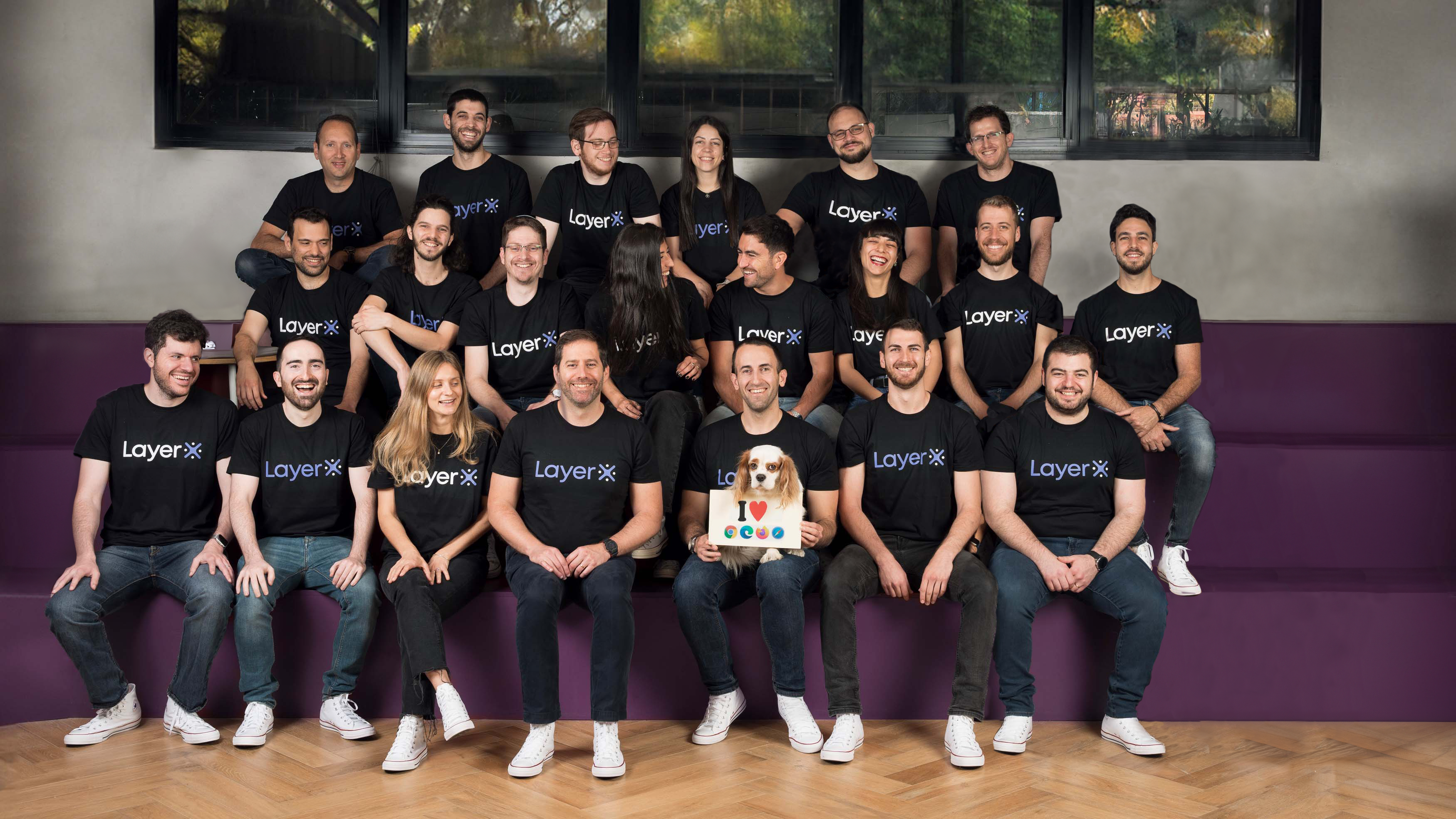Canadians are casting their votes on Monday in an election that has been dominated by issues like affordability, tariffs and U.S. President Donald Trump’s annexation threats.
If Pierre Poilievre’s Conservatives win, they will end nearly a decade of Liberal rule that began in 2015 with former prime minister Justin Trudeau. If Mark Carney’s Liberals remain in power, a political newcomer but experienced economist will be handed a mandate to guide Canada through a time of major uncertainty. No matter who wins on April 28, they will quickly have to face an unpredictable White House that has questioned Canada’s sovereignty while upending decades of trade stability.

At home, many Canadians will also be eager to see quick action to address the rising cost of living. With so much at stake in the hotly-contested election, parties like Jagmeet Singh’s NDP, the Bloc Quebecois and Green Party could also be in a fight for political survival. The first polls will open in Newfoundland at 8:30 a.
m. local time before the final ones close 15 hours later in B.C.
at 7 p.m. Pacific.
In a sign of the election’s significance, a record-breaking 7.3 million Canadians cast ballots in advance polls , up from 5.8 million in 2021.
Latest updates on the 2025 election campaign A tight race to the end The Conservatives were the clear favourites to win Canada’s 2025 election until an increasingly unpopular Trudeau bowed to internal and external pressure and announced his resignation. Under Carney, the governing Liberal party suddenly pushed ahead in most public opinion polls, although their lead narrowed in the final days of the campaign . With Trudeau’s exit and the arrival of Trump in Washington, it seems the election became not only a referendum on the Liberal government’s track record, but also a question of who could best deal with the White House and the economy.
With such slim margins separating the Liberals and Conservatives in the final polls ahead of election day, there was no certain outcome. “When it comes to the popular support, there’s only a handful of percentage points between the two front-runners,” pollster Nik Nanos recently told CTV News’ Trend Line podcast. “This is not a traditional election because of the focus on the Liberals and the Conservatives, and this really being one of the biggest two-way races that we’ve seen in almost a generation of elections.
” Public opinion polls, Nanos added, only capture a snapshot of what the popular vote could be. But under Canada’s electoral system, it’s actually possible for a party to win a majority of seats in the House of Commons while getting less votes than a rival party. “We’re estimating the percentage of Canadians that are going to be voting for all the different federal parties, but what really matters is seats in the House of Commons,” Nanos explained.
“The thing is – and this is what’s critical to remember – is that in the last two federal elections, the Conservatives garnered more votes.” The next prime minister will also likely face a divided country with their support split between eastern and western communities . Polling below five per cent ahead of election day, political parties like the NDP, Bloc Quebecois and Green Party could see few gains or even face large losses.
Carney vs. Poilievre The chief contenders in Canada’s 45th election have a few things in common. Poilievre and Carney both worked with former prime minister Stephen Harper, who endorsed his fellow Conservative.
Carney was the Bank of Canada’s governor under Harper from 2008 to 2013 before becoming the governor of the Bank of England between 2013 and 2020. He was widely praised for his role in steering Canada through the 2008 financial crisis and helping the U.K.
weather the economic fallout of Brexit, a move he had cautioned against. Most recently, Carney held positions in the private sector and worked as an economic advisor for the Trudeau government. A sharp critic of Trudeau and his policies, Poilievre won a commanding victory in the 2022 Conservative leadership race.
He was first elected to parliament in 2004, shortly after his 25th birthday, and went on to become cabinet minister under Harper between 2013 and 2015. Poilievre rose to national prominence when he publicly supported the month-long 2022 Freedom Convoy protests in Ottawa and has since tried to channel Canadians’ frustrations with the incumbent Liberal government. The Conservatives tried to portray Carney as a Liberal insider who would continue on Trudeau’s path with similar policies and faces in cabinet.
The Liberals tried to paint Poilievre as a populist and a career politician without the outside experience needed to take on the Trump administration and a growing affordability crisis. “What is your cost of living like compared to what it was a decade ago?” Poilievre asked voters during the English-language leaders debate . “Are you prepared to elect the same Liberal MPs, the same Liberal ministers, the same Liberal staffers all over again for a fourth term?” Both Carney and Poilievre were raised in Alberta.
They are also running for seats in the neighbouring Ottawa ridings of Carleton and Nepean. While Poilievre has held a seat in Parliament for more than 20 years, Carney became the first Canadian prime minister to never hold an elected office when he took over in March. “Unlike Pierre Poilievre, I’ve managed budgets before.
I’ve managed economies before. I’ve managed crises before,” Carney said during the campaign . “This is a time for experience, not experiments.
”.















